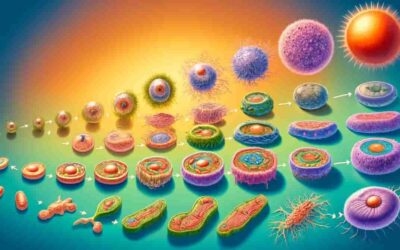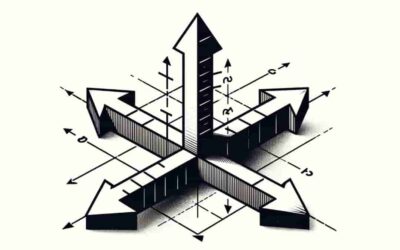As defined earlier, a set is a collection or group of objects. These objects are called members of the Set.
This relationship is represented by using the symbol ∈.
The symbol ‘∈’ means “is a member of ” or “belongs to” or “is an element of”.
The reverse of this relationship is denoted using the symbol ‘ ∋‘. ∋ means “contains as a member“.
If V represents the collection of all vowels in the English language, then ‘a’, ‘e’, ‘I’, ‘o’, ‘u’ are all members of this set.
We can, hence, write,
‘a’ ∈ V
‘e’ ∈ V
‘i’ ∈ V
‘o’ ∈ V
‘u’ ∈ V
We can also write V ∋ ‘u’
Similarly, ∉ and ∌ are used to denote the negation of the membership.
∉ means “is not a member of “
∌ means “does not contain“
So, for the above example, we can write,
‘b’ ∉ V ( b does not belong to V )
V ∌ ‘m’ ( V does not contain ‘m’ )




0 Comments